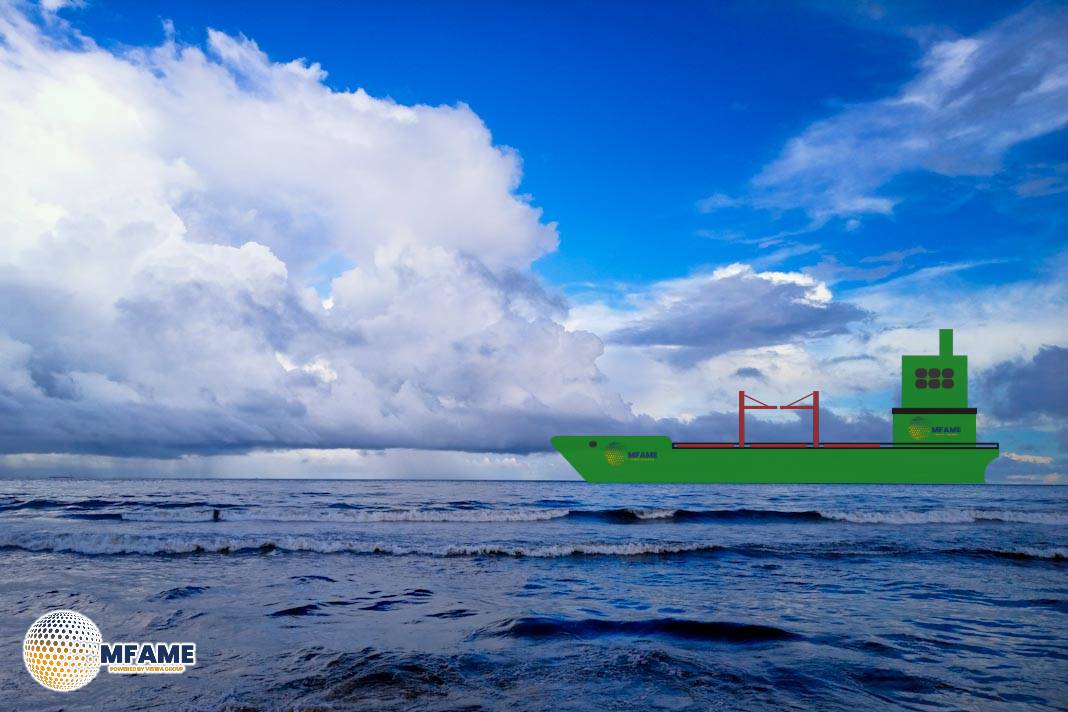- India launches its first deepwater transshipment Port with a 20+ meter natural draft.
- Developed through a public-private partnership and commissioned by India’s Prime Minister Narendra Modi.
- Vizhinjam port has dealt with 285 vessels and 5.93 lakh TEUs including mega vessels like MSC Turkiye and MSC Claude Girardet.
Prime Minister Narendra Modi commissioned the Vizhinjam International Seaport, India’s first deepwater transshipment port, on April 2, 2025. The ₹8,867 crore project was developed under a public-private coalition between Adani Group and the Kerala government. Located just 10 nautical miles from the world’s key east-west shipping route, the port intends to lessen the country’s dependency on foreign ports like Colombo, Singapore, and Salalah.
Remarkable Contribution to India’s Maritime
Vizhinjam Port stands out as “the symbol of new-age development,” as depicted by PM Modi in the launching ceremony of the port. With a natural draft depth of over 20 meters, the port can now serve Ultra Large Container Vessels (ULCVs) without the necessity for major dredging operations.
Its semi-automated structure comprises 24 fully automated yard cranes and remotely operated ship-to-shore cranes, drastically improving efficiency and reducing turnaround times. The port’s breakwater, which stretches 2,960 meters and reaches depths of 20 meters, is the deepest and most complex ever constructed in India.
Even back its formal inauguration in April 2025, the port had already initiated commercial operations in December 2024. Within just a few months, it handled 285 vessels and 5.93 lakh TEUs, exceeding 110% of its initial capacity. This includes some of the world’s largest container ships, including the MSC Turkiye (24,346 TEUs) and MSC Claude Girardet (24,116 TEUs).
Local Impact and Expansion Plans
Most notably, the project has had a strong local impact, with 67% of the port’s workforce hailing from Kerala, contributing to local employment and economic growth. Looking forward, the Ministry of Environment has cleared the second and third phases of the port’s expansion, with Adani Ports set to invest an additional ₹9,560 crore.
By 2028, Vizhinjam’s annual cargo capacity is expected to triple from 1 million to 3 million TEUs, therefore reaching 6.2 million TEUs once all four planned phases are completed.
Did you subscribe to our Daily newsletter?
It’s Free! Click here to Subscribe!
Source: MarineInsight

















